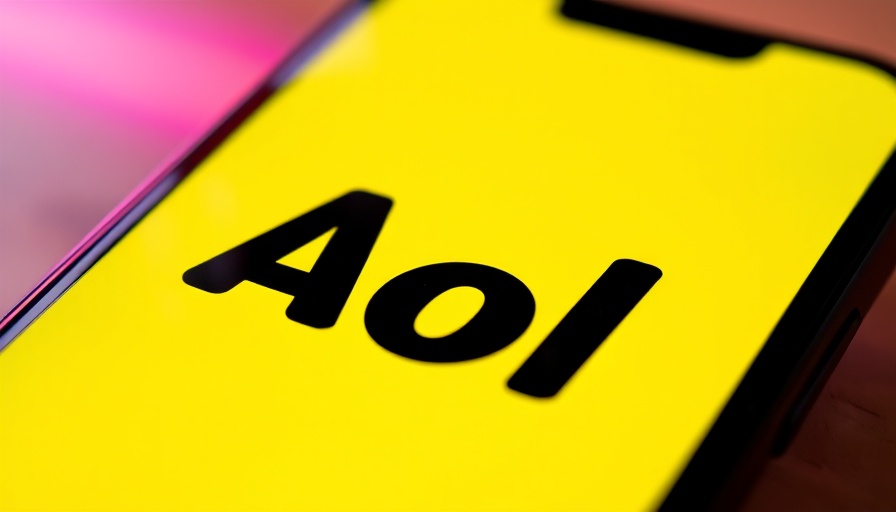
Goodbye Dial-Up: AOL's Historic Transition
In an era where everything is moving toward high-speed connectivity, the announcement that AOL is discontinuing its dial-up internet service marks a significant milestone in the narrative of technological evolution. After serving millions for over 30 years, this transition is more than just an end; it symbolizes the closing of a chapter where slow dial-up connections were the gateway to a nascent online world.
A Glimpse Into the Past: The Rise of AOL
The distinctive sound of a modem connecting was the herald of online communication in the early days of the internet. America Online (AOL), which rose to fame in the 1990s, played a pivotal role in connecting households to the internet. From its humble beginnings managing dial-up connections to expanding into chat rooms and email services, AOL created a communal space that many still remember fondly. However, as broadband and cable became widespread in the early 2000s, dial-up became increasingly obsolete, shifting users toward faster alternatives.
Understanding the Dial-Up Experience
The limitations of dial-up service, such as slow connection speeds and the inability to use the phone simultaneously, pushed the rapid adoption of broadband solutions. Yet, dial-up wasn't without its charm; it represented a simpler time where the internet was a new frontier. Many who grew up with AOL's iconic 'You've Got Mail!' might recall late-night chats and moments of internet discovery—a nostalgic cornerstone of their childhood.
Internet Evolution: What Comes Next?
As dial-up fades into history, modern consumers appreciate a vastly different browsing experience. High-speed internet has now become the norm, enabling a plethora of online activities from streaming to video conferencing. Providers today emphasize disruptions in connectivity and household impact due to multiple devices vying for bandwidth. Transitioning away from outdated technologies like dial-up, households are encouraged to adapt to their internet needs by selecting the right service plans and optimizing their home networks for superior performance.
Optimizing Your Internet Connection
Whether you've recently switched from dial-up or are simply looking to enhance your current setup, consider these tips:
- Select the Right Plan: Choose an internet service that matches the number of devices in your household.
- Optimal Router Placement: Position your Wi-Fi router in a central location to facilitate a strong signal.
- Limit Bandwidth Usage: Be mindful of high-bandwidth activities; consider reducing simultaneous streaming or gaming sessions.
- Use Ethernet: For the best performance, connect devices directly to the router using Ethernet cables.
Implementing these strategies can help ensure smoother connectivity for everyday online users.
A New Chapter: Moving Forward
As we wave goodbye to AOL's dial-up service, this marks a fresh perspective toward continuously elevating technology in our lives. The transition also highlights a crucial lesson in adaptability. As internet technology evolves, being proactive in upgrading and optimizing can yield significant benefits, like improved entertainment, communication, and productivity experiences.
What's Next for AOL Users?
If you're among the final dial-up users, transitioning to a new internet plan could unlock a world of opportunity. Seek out your local internet providers to explore options best suited to your lifestyle and budget. Remember, the aim is to facilitate not only connectivity but also an enriching online experience.
Connecting with a Healthy Lifestyle
In this digital age, a smooth internet connection is just as essential as any other aspect of our daily lives. Just like optimizing your home internet can enrich your online browsing experience, considering how to improve your living space through “DIY home improvement projects” or “DIY home organization hacks” can also create a healthier lifestyle. Creating a functional space boosts wellness, enhances mood, and encourages productivity.
Invite Change While Embracing the Past
Even as we bid farewell to dial-up, we can incorporate its legacy into modern practices. Those who once cherished watching their connections come to life can now find new ways to connect through community-focused initiatives, sharing experiences and stories. Embracing both the past and present through this transition can create a delightful trajectory for future innovations.
 Add Row
Add Row  Add
Add 




Write A Comment